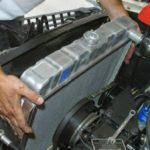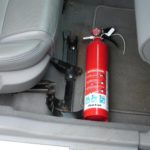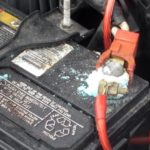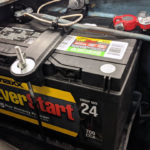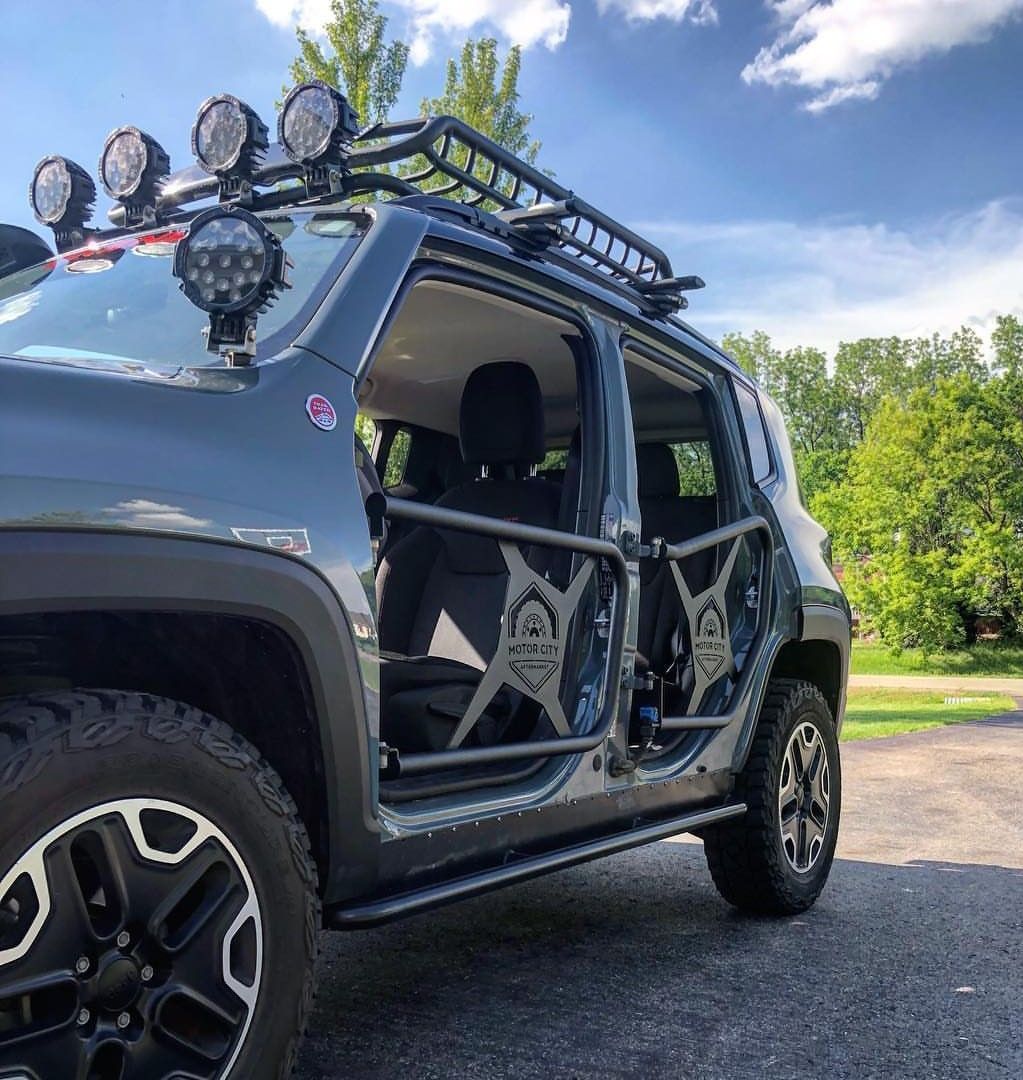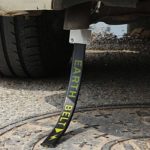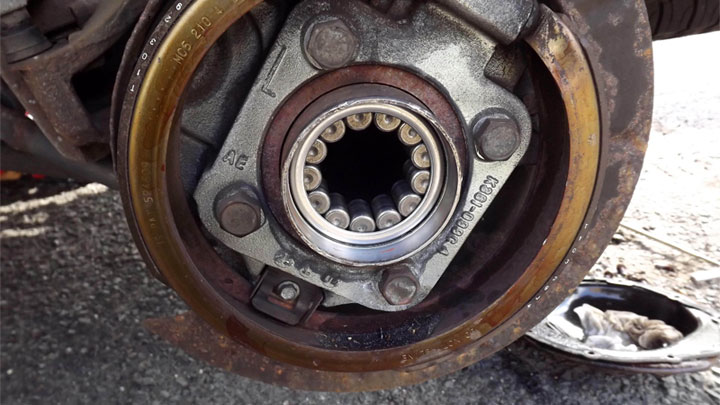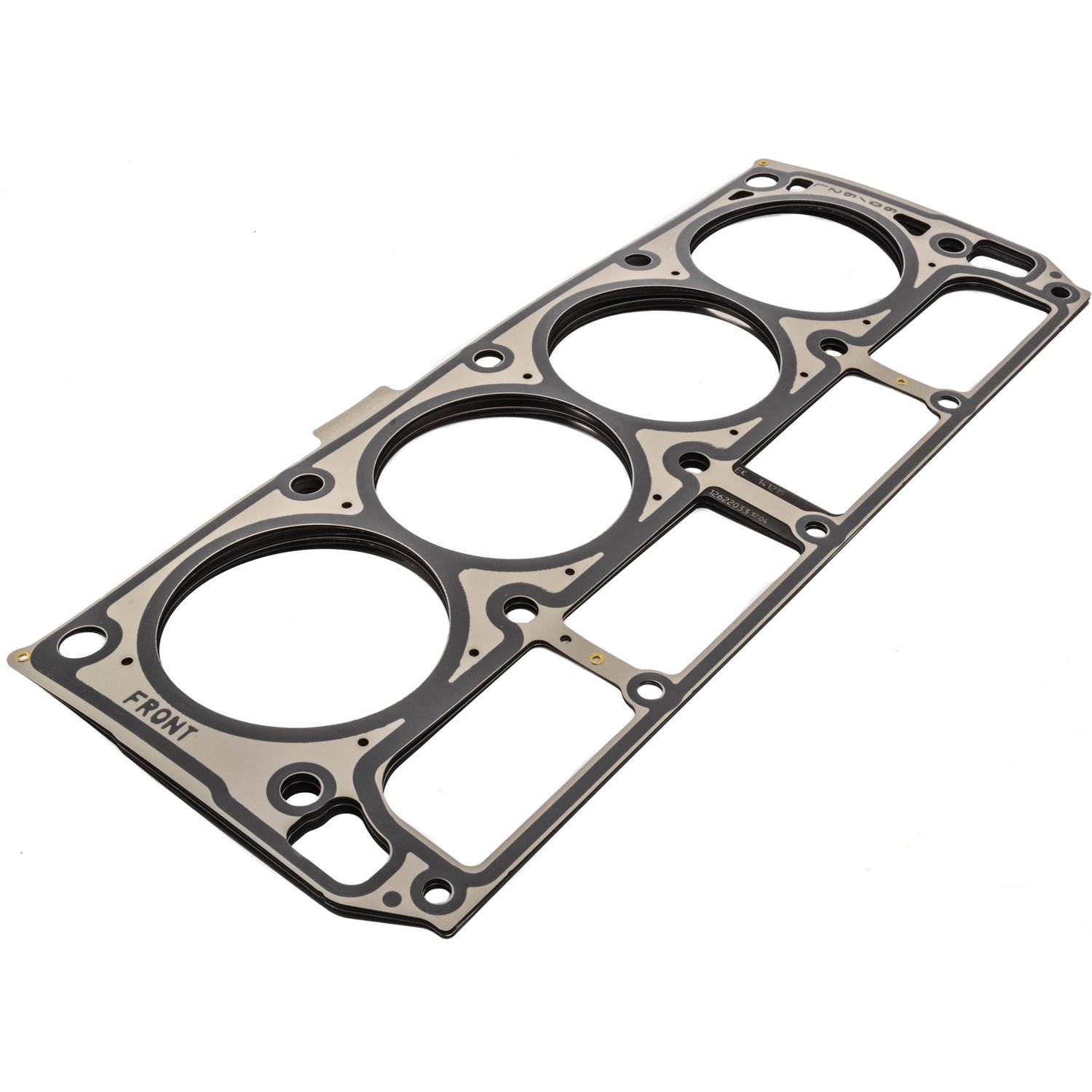
Car headlights explained is what this article will focus on. We are going to talk about the different cars headlights, what they stand for and how they can be changed when they are faulty. So read on and learn more….. Your car has many lights, and they all serve different purposes. One of the lights featured in a car is the headlight which is usually found at the front of the vehicle close to the bonnet. The headlight is one of your car’s most essential parts. A standard headlight fitting of a car entails having two headlights at the front of the car. The headlight is mostly regarded as the car’s eye because it serves the purpose of illumination, especially when driving in poor visibility.
Every day we see many types and designs of headlights on different cars, depending on the manufacturer’s style and preference. The type of bulb used, and the design adopted in each of these cars differ. In this article, we will discuss the different kinds of car headlights and how they function to illuminate our roads. Sometimes the headlight is often called a headlamp. But the two are actually different. So, let’s quickly take a look at the difference between the two.
Read also: Toyota Corolla Problems and How to Get It Fixed
Differentiating a Headlamp From a Headlight
When you look at cars, the glass or plastic casing you see in front of the bonnet is the headlight housing. The headlight is the light that is emitted from the bulb. So, the headlamp is the device (bulb) the produces the light.
The headlamp is usually the bulb that is used to assemble the headlight. So, the type of headlight a car can have depends on the type of bulb.
Types of Headlights
The headlights of a car are classified into four categories as follows:
- Classification based on the beam of light emitted – This category of a headlight is about the light’s intensity. In this category, there are the high beam and low beam light emission.
The high beam possesses more illuminating power. It provides a very bright light with center-focused light distribution. It is advisable to desist from using the high beam on busy roads.
The Low beam provides a less intense illumination. Its light distribution is lateral and can be used on busy roads, and there is no risk of blinding other drivers because the light is not too bright.
- The number of bulbs in a headlight – This category involves the number of bulbs that can be found in a headlight. They are quad headlights and non-quad headlights. Non-quad headlights have only one bulb, while the quad headlights contain two bulbs.
You cannot interchange both the quad and non-quad because they are each wired peculiarly. So, if your car has non-quad, you can only replace it with non-quad headlights. The same applies to vehicles with quad headlights.
- Based on how the headlight is housed – How the headlight is housed, and how the bulbs are fitted differs with cars. When you are trying to figure out which type of headlight bulb to get for better lighting, it’s important to understand if you have a projector or reflector headlight.
Reflector headlights housing are still common in modern cars. The bulb in this type of housing sits in a case that looks like a bowl. The mirrors fitted in the case reflect the light onto our path. A downside of this type of housing is the inability of its users to replace a burnt bulb. Instead, a user is expected to replace the headlight as a whole.
The reflector housing doesn’t cost much and does not take up much space when fitted because of its small size.
Projector Headlights housing is the modern type of casings that car manufacturers use for the modern cars we see now. They are like the reflector headlights in terms of how they are assembled.
The bulb in this type of casing sits in a steel case fitted with mirrors that serve as reflectors. What mainly differentiates the projector casing from the reflector is that the projector casings are fitted with a lens that acts as a magnifying glass.
- The type of bulb in a headlight.
The types of car headlights and how they function are outlined below:
Tungsten Halogen bulbs – This bulb type is widely called the halogen bulb. It is called a halogen tungsten bulb because it contains a tungsten filament sealed inside a glass bulb containing halogen gas. The halogen light emits a yellow light that appears dull in most cases. Halogen bulbs were once the standard in the world of cars. They were cheap, effective, and lasted a long time.
The arc tube is connected with the tungsten electrodes used to supply electricity when the lamp is subjected to current. The current flow through the arc tube via the electrodes excites the halide atoms inside the arc tube. The presence of Mercury vapor lets the fluorescent material coating convert it into a visible bright light which is then seen as the halogen light.
High-Intensity Discharge lamp (HID) – This type of bulb is also known as projector lamps or Xenon. The Xenon technology was first featured in the e30-7 series of BMW in 1991. The HID or Xenon lights appear to be a very similar set up to the halogen. The HID lights emit a pure white-blue light. The HID light needs a lot of power to warm up, but once it warms, it takes less power.
Light Emitting Diodes (LEDs) – LED lights are made up of many small LEDs that are fabricated in a specific order to achieve lighting. LEDs work when electricity flows through diodes that emit light. They are very efficient when it comes to lighting, and they don’t need time to warm up before they shine bright. As a result, they hardly emit heat.
Matrix Light – Some manufacturers call this multi-beam while others call it intelligent light. Each manufacturer has a slightly different technology behind this type of light. You never have to dim or dip your high beams; because the care knows when and where to do it. The technology fitted in this light type makes it possible for other drivers to get blinded by the high beam’s light.
Laser Lights – This is the most advanced technology you will find in the headlight of cars. In this type of headlight, a blue laser sits in the headlight’s housing and shines forward onto a lens filled with yellow phosphorous. The yellow phosphorous converts the potentially harmful blue laser into an intense white light projected onto the road. This technology is mostly found in high-end cars because it is expensive.
Read also: Signs Of a Bad Transmission In Cars
How To Restore Car Headlights that are going bad
Ever noticed how foggy your headlights become or how they become yellow-colored? It must be annoying, right? Before now, car headlights come fitted with glass headlights, but most modern cars now have plastic headlights. The glass headlights can keep shining and looking great even after some years, while the plastic ones don’t last that long.
Plastic headlights get faded quickly, turn yellowish, crack and get foggy. But the glass headlights are made nice and hard and can be cleaned when dirty. Below is how you can clean your plastic headlight to make it look nice and new.
- First, you need to get a microfiber cloth, a polishing compound called number 7, and a spray called Zip cleaner, which effectively cleans off stubborn dirt.
- Next is to use the Zip cleaner product to spray the surface of the headlight. Immediately you will see dirt trickling down the headlight’s surface.
- Continue spraying the surface with the zip cleaner until the surface starts looking clean.
- Leave the zip cleaner on the surface for about 3 to 5 minutes and use the microfibre cloth to wipe off the headlight‘s surface.
- Next is to make use of the number 7 compound.
- Apply the number 7 compound to the headlight’s surface and rub it along the surface.
- Continue rubbing the number 7 compound along the surface until the surface of the headlight starts sparkling and shining.
- Use the microfiber cloth to wipe off the surface and clean it neatly.
- After doing all these, your headlight will then look new.
How to Apply protective coating on the surface of your Headlights
This is a proactive measure adopted to keep your headlights from either getting yellow-colored or foggy in the first place. This measure, when adopted, will keep your plastic headlights from fading and cracking. Follow this guide to apply a protective coating to your plastic headlights:
- First, you need to get a coating spray product called Maguire’s headlight coating, and you also need a microfiber towel.
- If you have a headlight that isn’t faded yet, just clean it and let it dry, and spray Maguire’s coating product on the headlight’s surface.
- Let the spray dry for 3 to 5 minutes and apply another coat of spray.
- This second spray coat completely seals the headlight’s surface, keeps out the ultraviolet rays, and keeps the plastic headlight nice and pliable so that it won’t crack in the sun and fade.
The headlight technology of cars has come a long way and is sure to continue evolving with a lot of innovations, especially now that modern cars make use of plastic headlights, which can easily take any form to suit the style of the car that the manufacturer wants to put out.
Every driver is obligated by the law to ensure that their car’s headlights are in good condition. The purpose of having a headlight not only ensures the safety of the person behind the wheel but also ensures the safety of the humans and animals who walk along these roads.

